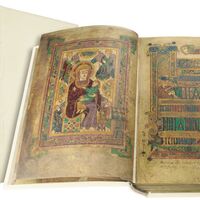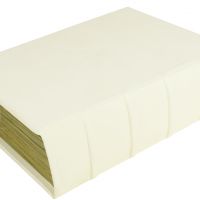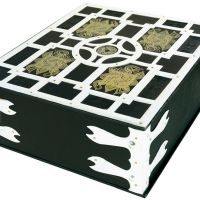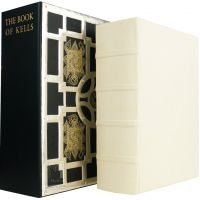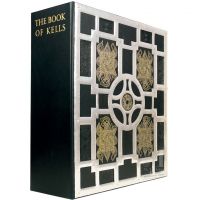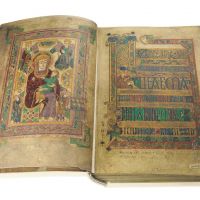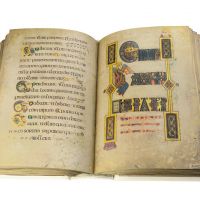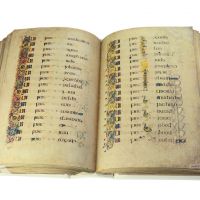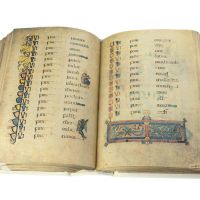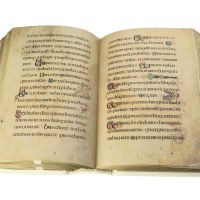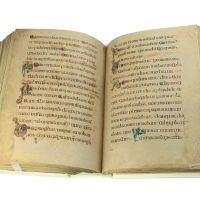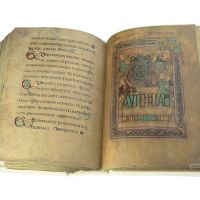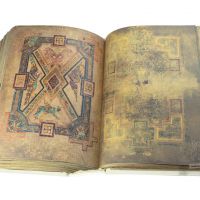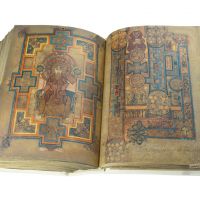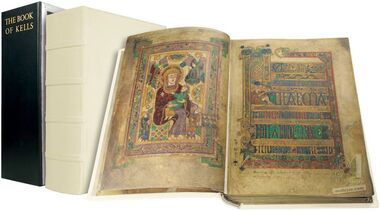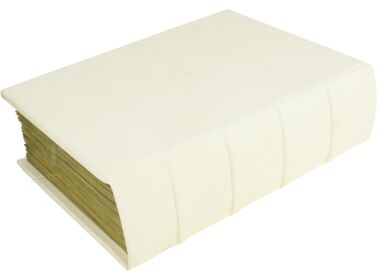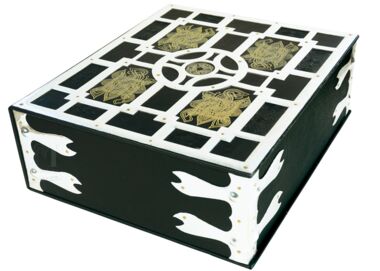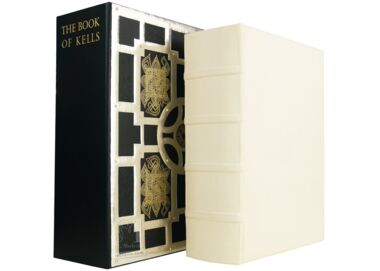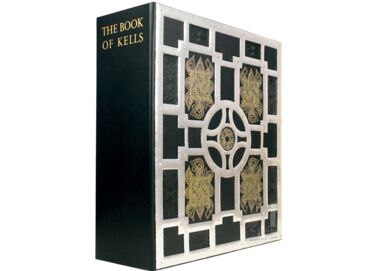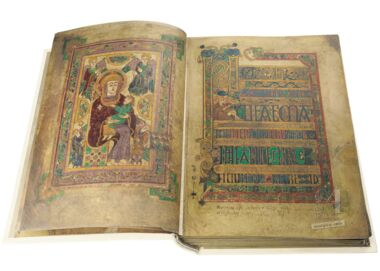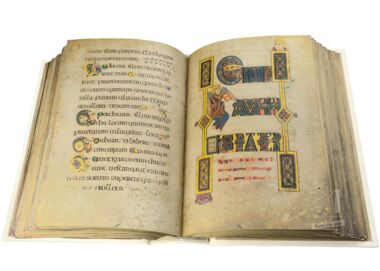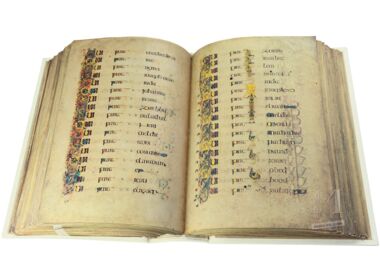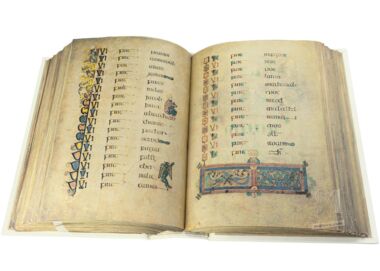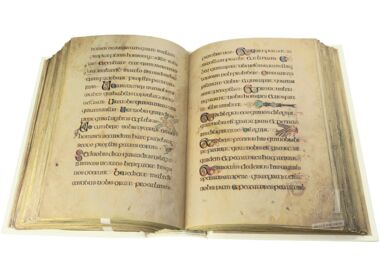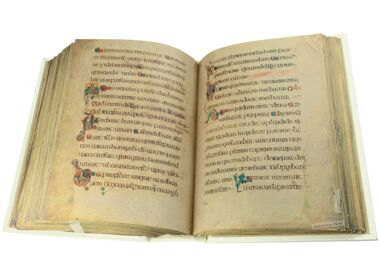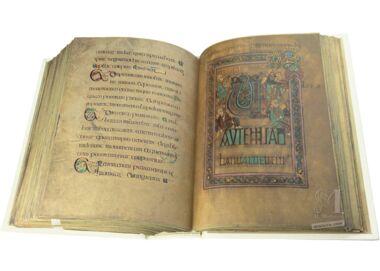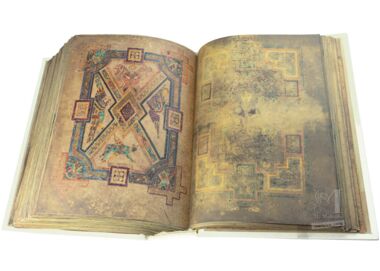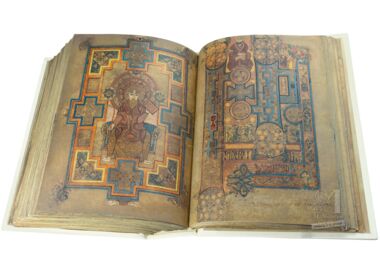The Book of Kells
Trinity College Library, Dublin
Ireland's greatest historical treasure, included in 2011 in UNESCO's Memory of the World, this breathtaking illuminated manuscritpt is probably the most renowned of them all.
According to Wikipedia: "The Book of Kells (Latin: Codex Cenannensis; Irish: Leabhar Cheanannais; Dublin, Trinity College Library, MS A. I. [58], sometimes known as the Book of Columba) is an illuminated manuscript Gospel book in Latin, containing the four Gospels together with various prefatory texts and tables. It was created in a Columban monastery in either Britain or Ireland and may have had contributions from various Columban institutions from both Britain and Ireland. It is believed to have been created c. 800 AD. The text of the Gospels is largely drawn from the Vulgate, although it also includes several passages drawn from the earlier versions of the Bible known as the Vetus Latina. It is a masterwork of Western calligraphy and represents the pinnacle of Insular illumination. It is also widely regarded as one of Ireland's finest national treasures. The manuscript takes its name from the Abbey of Kells, which was its home for centuries.
The illustrations and ornamentation of the Book of Kells surpass that of other Insular Gospel books in extravagance and complexity. The decoration combines traditional Christian iconography with the ornate swirling motifs typical of Insular art. Figures of humans, animals and mythical beasts, together with Celtic knots and interlacing patterns in vibrant colours, enliven the manuscript's pages. Many of these minor decorative elements are imbued with Christian symbolism and so further emphasise the themes of the major illustrations.
The manuscript today comprises 340 leaves or folios; the recto and verso of each leaf total 680 pages. Since 1953, it has been bound in four volumes. The leaves are high-quality calf vellum; the unprecedentedly elaborate ornamentation that covers them includes ten full-page illustrations and text pages that are vibrant with decorated initials and interlinear miniatures, marking the furthest extension of the anti-classical and energetic qualities of Insular art. The Insular majuscule script of the text appears to be the work of at least three different scribes. The lettering is in iron gall ink, and the colours used were derived from a wide range of substances, some of which were imported from distant lands."
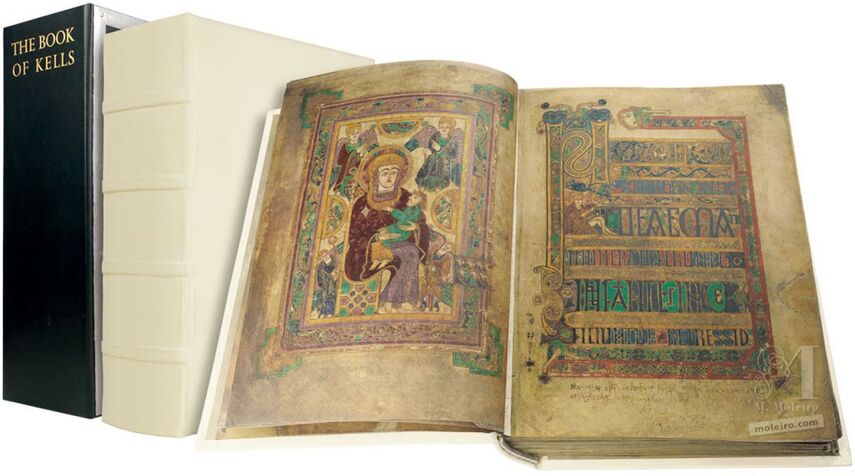
Ireland's greatest historical treasure, included in 2011 in UNESCO's Memory of the World, this breathtaking illuminated manuscritpt is probably the most renowned of them all.
According to Wikipedia: "The Book of Kells (Latin: Codex Cenannensis; Irish: Leabhar Cheanannais; Dublin, Trinity College Library, MS A. I. [58], sometimes known as the Book of Columba) is an illuminated manuscript Gospel book in Latin, containing the four Gospels together with various prefatory texts and tables. It was created in a Columban monastery in either Britain or Ireland and may have had contributions from various Columban institutions from both Britain and Ireland. It is believed to have been created c. 800 AD. The text of the Gospels is largely drawn from the Vulgate, although it also includes several passages drawn from the earlier versions of the Bible known as the Vetus Latina. It is a masterwork of Western calligraphy and represents the pinnacle of Insular illumination. It is also widely regarded as one of Ireland's finest national treasures. The manuscript takes its name from the Abbey of Kells, which was its home for centuries.
The illustrations and ornamentation of the Book of Kells surpass that of other Insular Gospel books in extravagance and complexity. The decoration combines traditional Christian iconography with the ornate swirling motifs typical of Insular art. Figures of humans, animals and mythical beasts, together with Celtic knots and interlacing patterns in vibrant colours, enliven the manuscript's pages. Many of these minor decorative elements are imbued with Christian symbolism and so further emphasise the themes of the major illustrations.
The manuscript today comprises 340 leaves or folios; the recto and verso of each leaf total 680 pages. Since 1953, it has been bound in four volumes. The leaves are high-quality calf vellum; the unprecedentedly elaborate ornamentation that covers them includes ten full-page illustrations and text pages that are vibrant with decorated initials and interlinear miniatures, marking the furthest extension of the anti-classical and energetic qualities of Insular art. The Insular majuscule script of the text appears to be the work of at least three different scribes. The lettering is in iron gall ink, and the colours used were derived from a wide range of substances, some of which were imported from distant lands."
